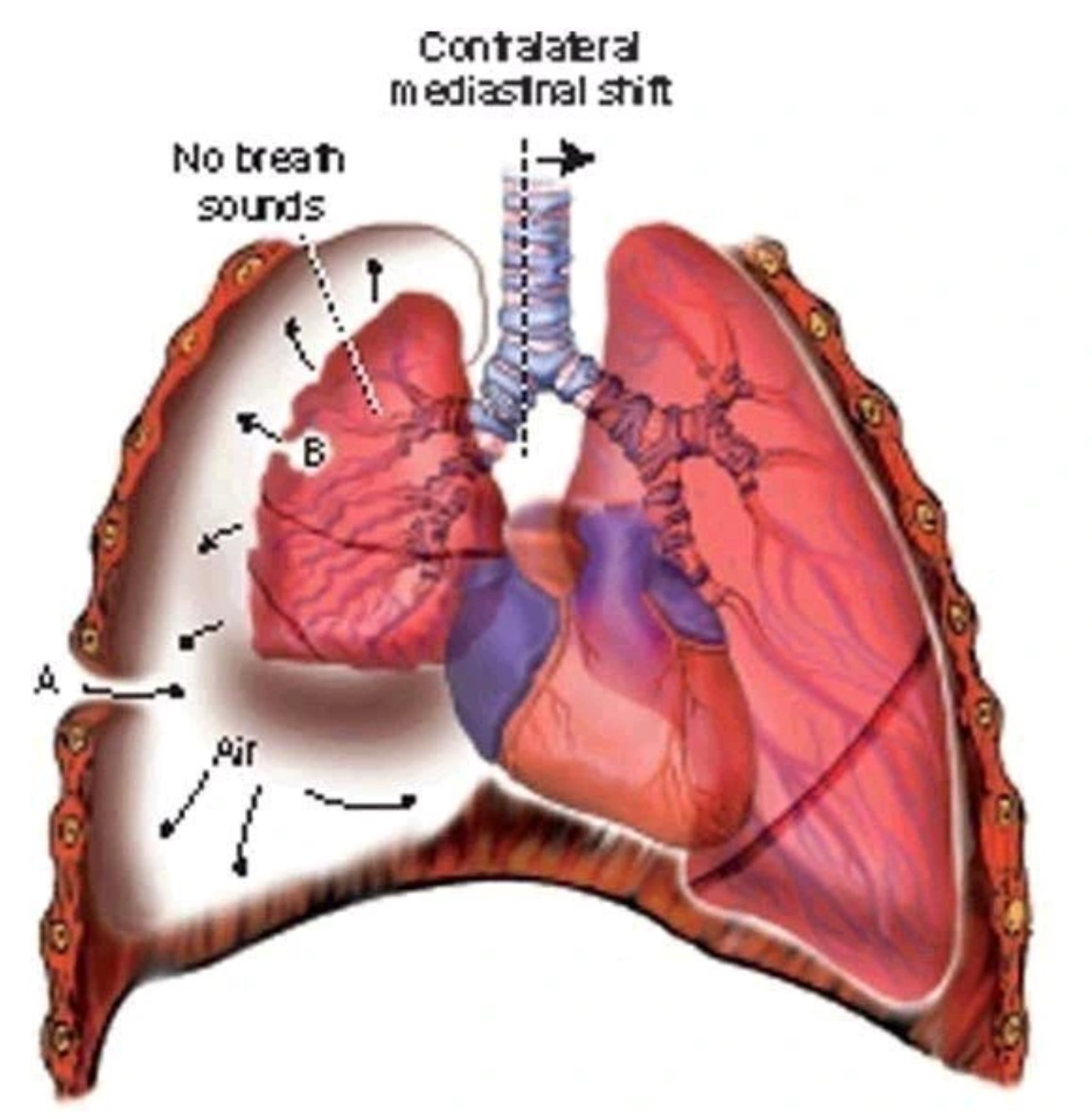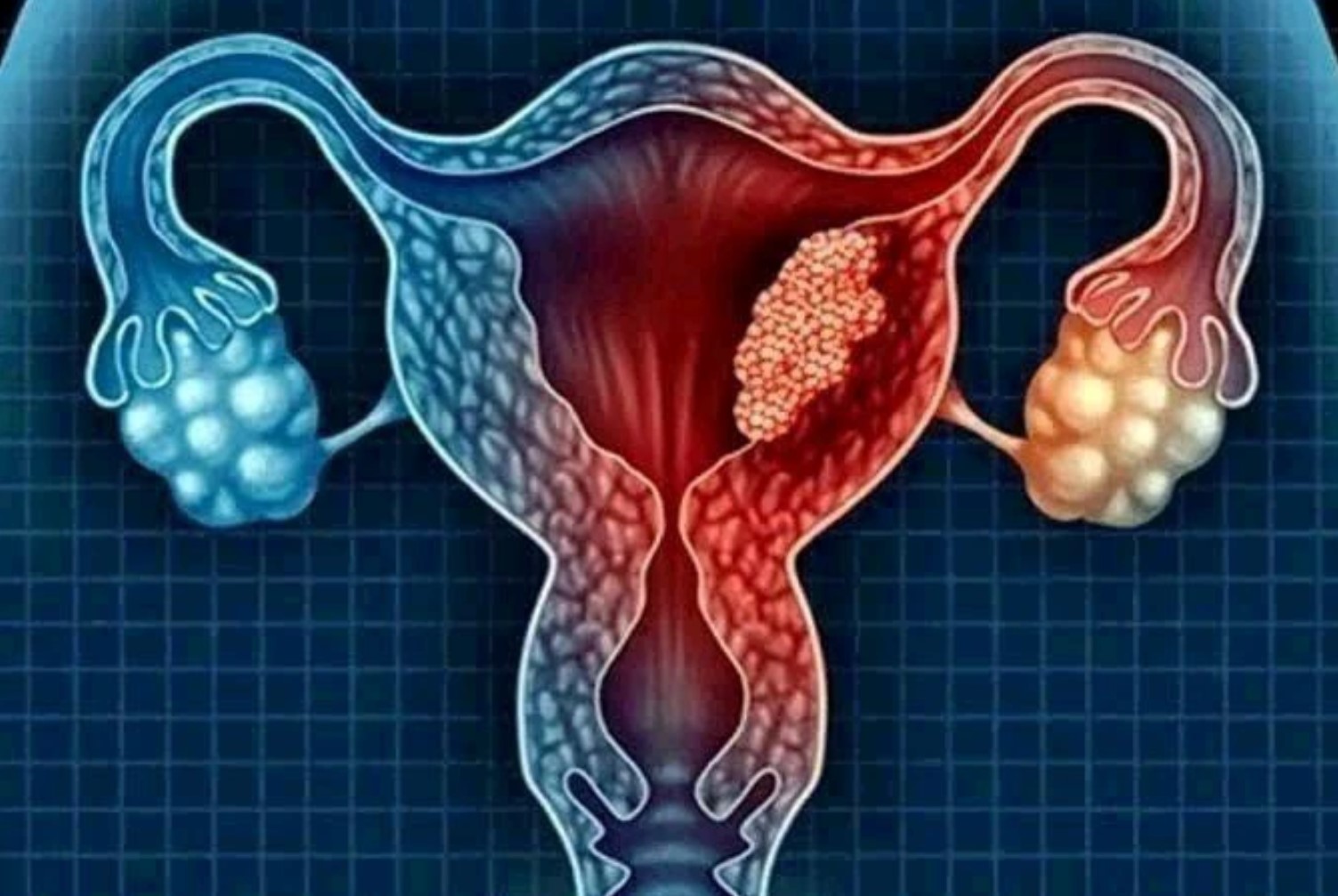
The origin or history of Nollywood, the Nigerian movie industry, can be traced back to the 1960s when the first set of Nollywood movies were produced by great filmmakers like Hubert Ogunde, Jab Adu, Ola Balogun, Moses Olaiya (Baba Sala), Adeyemi Afolayan (Ade Love) and Eddie Ugboma.
These professionals were considered to be the first generation of Nigerian filmmakers. They started their career with stage performance and gradually moved into the world of film production using the Celluloid format…Click Here To Continue Reading>> …Click Here To Continue Reading>>

Moses Olaiya, popularly known as Baba Sala, brought the modern Nigerian comedy into limelight with his rib cracking comic movies. Sam Loco Efe cannot be left out in this niche in regards to his ability to create humor with ease.

Hubert Ogunde was a pioneer in the field of Nigerian opera. He was known for the establishment of the Ogunde Theatre in 1945 which was the first professional theatrical company in Nigeria.
He was also referred to as the father of the Nigerian theatre because of his immense contributions to the birth of the Nigerian film industry.
However, the history of Nollywood has it that these early filmmakers were frustrated by the cost of film production which as at then was very expensive. They all lamented that it was back breaking.
After much struggle, they got support from the Nigerian government thus pushing the industry into a huge success. Nigerians became fully involved in the production of films and by 1970, the first indigenous feature film, “KONGI’S HARVEST”, written by Wole Soyinka, was produced in Nigeria.
Though it was directed by an American and many of its crew members were foreigners but as time went by, more individuals became involved in the production of indigenous films, the likes of Ola Balogun, Eddie Ugbomah, Ladi Ladebo, U.S.A Galadima and others who had their training during the CFU era. READ FULL STORY HERE>>>CLICK HERE TO CONTINUE READING>>>
Other films produced during this time were Alpha (1972), Bull Frog in the Sun (1974), Amadi (1975), Ajani Ogun (1975), Muzik Man (1976), Bisi, Daughter of the River (1977), Ija Ominira (1978), Aiye (1979), Kadara (1980), Jaiyesimi (1980) Efunsetan Aniwura (1981), Cry Freedom (1981), Ija Orogun (1982) Owo L’Agba (1982).

Many people believed Ken Nnebue’s Living In Bondage (1992), a film about a businessman whose wife died due to his dealings with a money cult, as the first Nigerian blockbuster and the first movie to be made for commercial purposes in the history of Nollywood. Since then, many more blockbusters and commercial movies have been released.
One of the first Nigerian movie to get international fame was Osoufia In London (released in 2003) starring Nkem Owoh (Ukwa), the famous comedic actor.
Since then, the Nigerian film industry has been producing films of standard quality. As at 2008, the Industry’s net worth stood between an estimated worth of $250 and $300 Million dollars.
“It is worthy of note that a Global cinema survey, conducted in 2006 by the UNESCO Institute for Statistics (UIS) and released sometime in May 2009, ranked Nollywood as the second largest producing movie body in the world behind Bollywood and ahead of Hollywood based on the numerical data of the movies produced.”
Augusta Okon 2010

In recent times, Nollywood has set its standard to meet other movie industries in the world with the emergence of professional filmmakers, actors and actresses like Genevieve Nnaji, Funke Akindele, Kunle Afolayan, Muyiwa Ademola, Omoni Oboli and others.




















